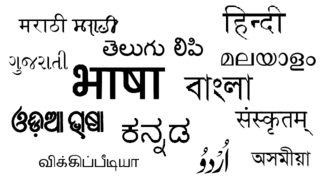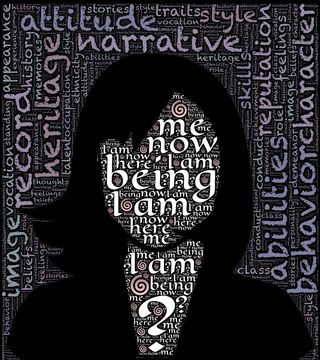Bias
Don't Speak My Language? We're Not the Same
Indians select their groups and discriminate based on linguistic identities.
Posted March 13, 2020 Reviewed by Devon Frye
Most of us have faced some form of discrimination in our daily lives. One obvious example is racism. How we treat members of our own race and how we treat those of others is perhaps one of the most studied constructs in social psychology. But racism is not the only form of bias—ask someone from the LGBT+ community, or someone who is an immigrant, or those who are homeless.
Most of the research on these phenomena come from the U.S. and other predominantly Caucasian countries. This may be why racial biases are the most well understood. But is the way we treat someone of a different race similar to the way we treat those who are homeless? To truly understand how discrimination and intergroup relations work, we need to study it in different contexts.
Racism may not even be in the picture for many people across the globe. Take the example of India, a culture so diverse that group divisions occur in a multitude of ways—such as on the basis of language, religion, and caste, to name a few. Every state in India speaks a different language, and cultures and dialects differ even within miles of each other. People belong to many different religions, and even sub-groups within these religions. Even food choices and taboos drastically vary, sometimes even within the same towns. But race is a non-issue for the average Indian. Does this mean that discrimination also doesn’t exist in India?

To investigate the basis of group belonging and discrimination in India, we distributed an online survey, asking Indians a few questions about themselves and about the various groups they identified with, based on literature and popular discourse. Some such groups included education levels, religion, socioeconomic status, etc.
Then, we asked them questions about the degree to which they would identify with others in the same group and the extent to which they want to avoid associations with others not in the same group. For instance, one of the social groups can be formed based on religion. Participants were first asked which religion they identified with, if at all. Then, they were asked to rate the extent to which they would agree or disagree with a number of statements, such as Most of my friends are of the same religion as me and I do not wish to associate with those who do not follow the same religion as me.
What we found was pretty surprising. People cared most about their linguistic identity. This meant that if I spoke English, I was most comfortable with others who also spoke English fluently. On the other hand, if you spoke, say, French, I might automatically consider you as “different.”
In more direct terms, Indians were likely to feel the most solidarity with those who spoke the same language as them, and tended to exclude people who did not. This was made more apparent when we looked at a previous survey from India where we found that nearly all couples in an exclusive, heterosexual romantic relationship conversed in the same language, and this was an important factor in their relationship.
This means that as Indians, we define ourselves in terms of the language we are most comfortable with. In other words, “English-speaking” or “Hindi-speaking” is more of an identity for us than, say “vegetarian” or “non-vegetarian.” Why is this important? Try to define yourself in ten words. At least a couple of these words might be markers of your social identity. For example, we might introduce ourselves using words like “mother,” “Christian,” “liberal,” or “Indian.” Labels like these also help us communicate our roles in society to others.

Imagine the damage excluding and othering those who cannot communicate with us can do! We might do subtle things like befriending only those who speak in our own tongue, to then gossip in that language about others who are physically present, but don’t understand us. At a macro level, we may even behave in more ignominious manners, even if subconsciously, such as creating borders and policies around linguistic majorities.
Language is part of a rich social history in India. However, it is never taught in isolation, but in the context of culture. For example, most Indians study at least three to four languages at school, plus whatever additional language we may speak at home. How we were taught these languages perhaps shaped our relationships with them. For example, English was often taught in the context of Victorian novels and plays, and Hindi through ostensibly Indian protagonists and practices. Moreover, our various cultural experiences are also related to a shared language—only those who are reasonably fluent in a particular language can follow its music, literature, TV shows, and movies consistently.
This was a simple exercise that shed light on how different human experiences could be outside of the monolith of WEIRD psychology. American-centric scientific knowledge, thus, reduces much of the complexities of human nature, as is clear from this exercise. It is perhaps time to acknowledge this, and move the science along.
This post was written by Arathy Puthillam, a research psychologist at Monk Prayogshala, India. Her research focuses on social, moral, and political psychology. She tweets @WallflowerBlack




